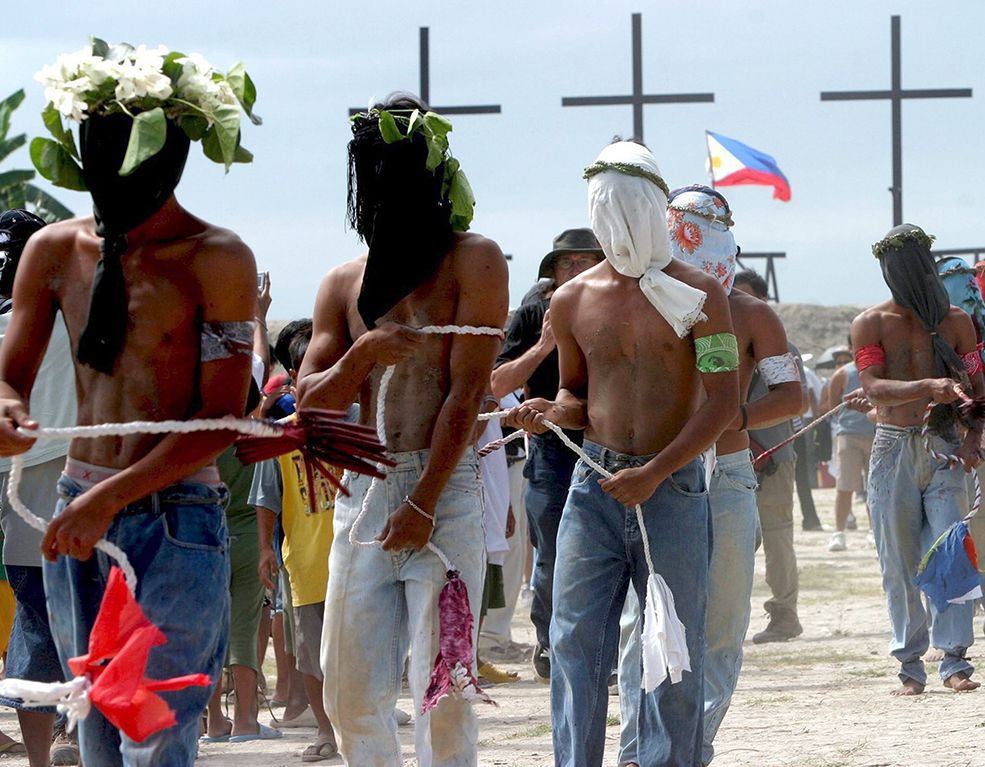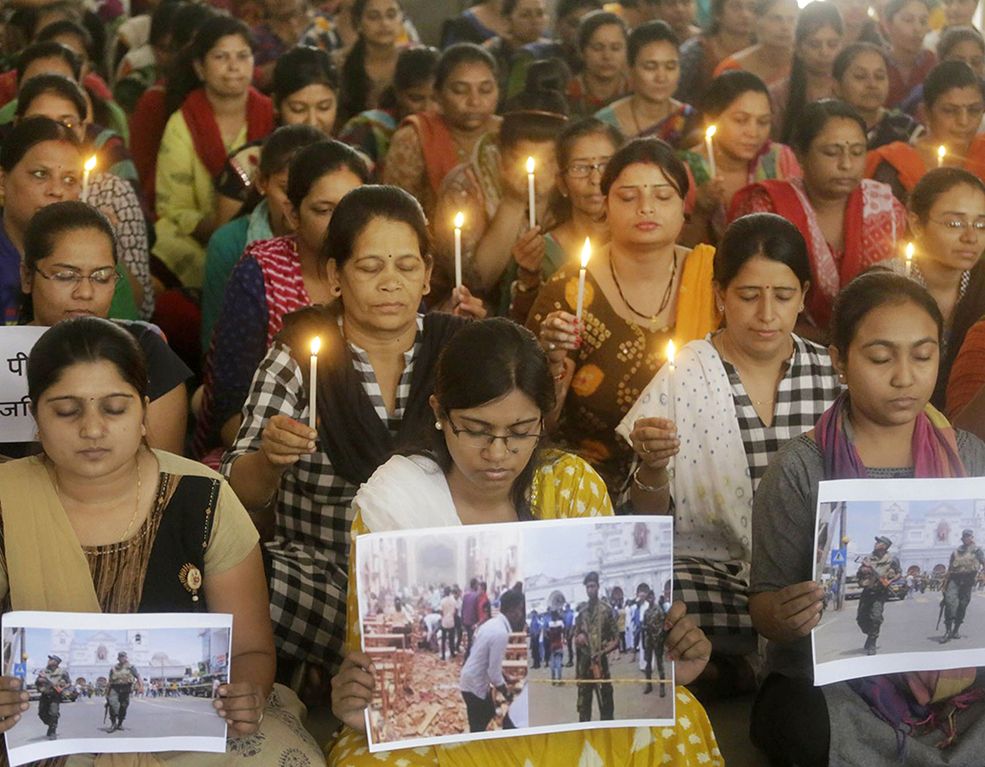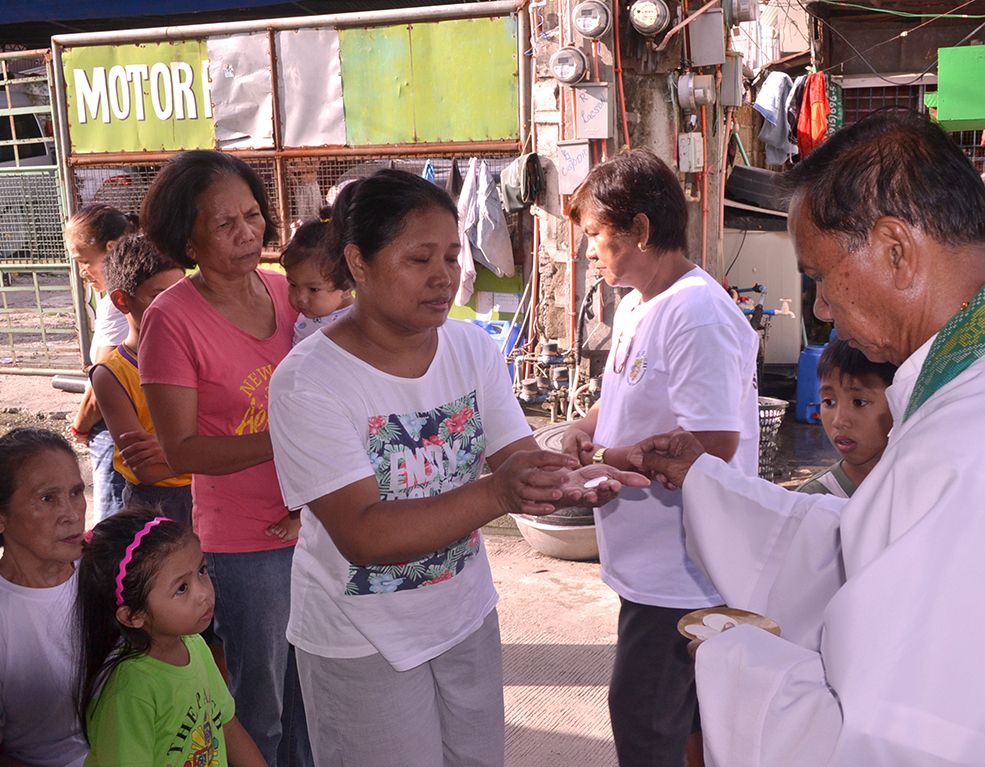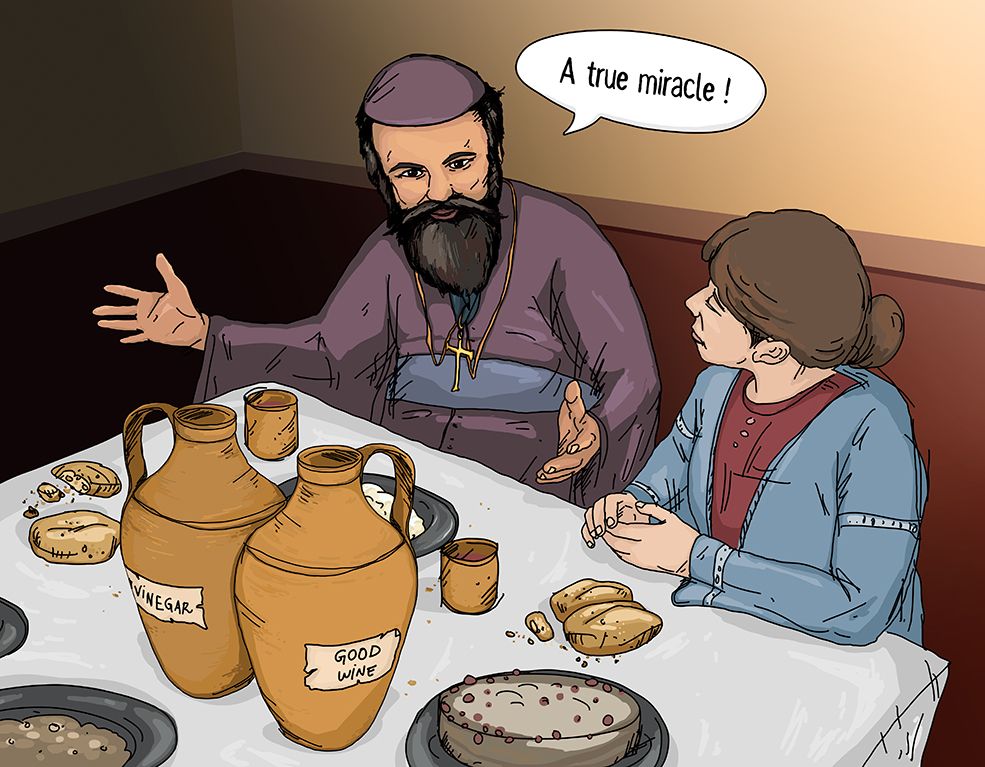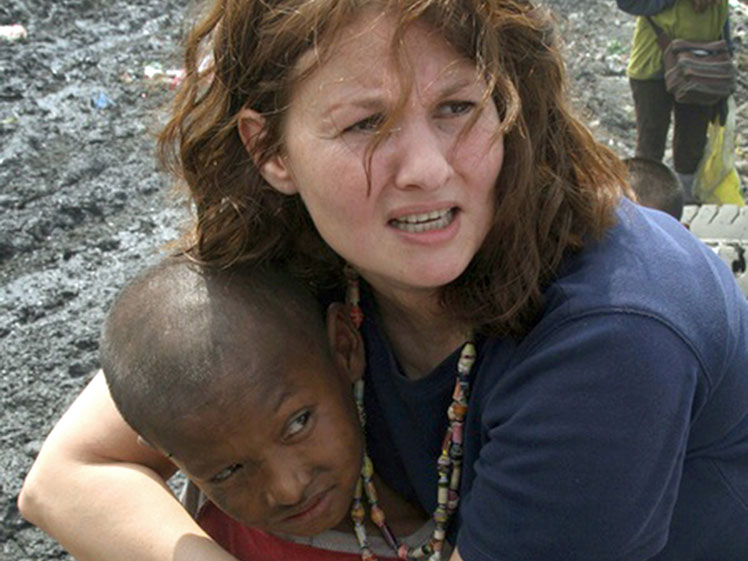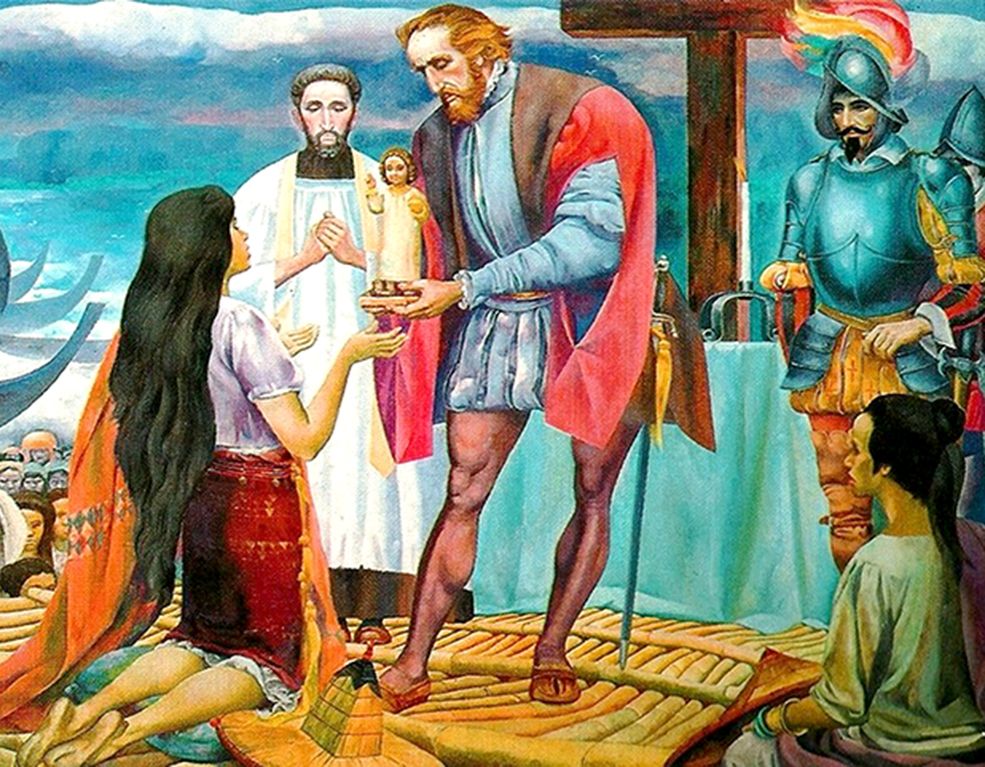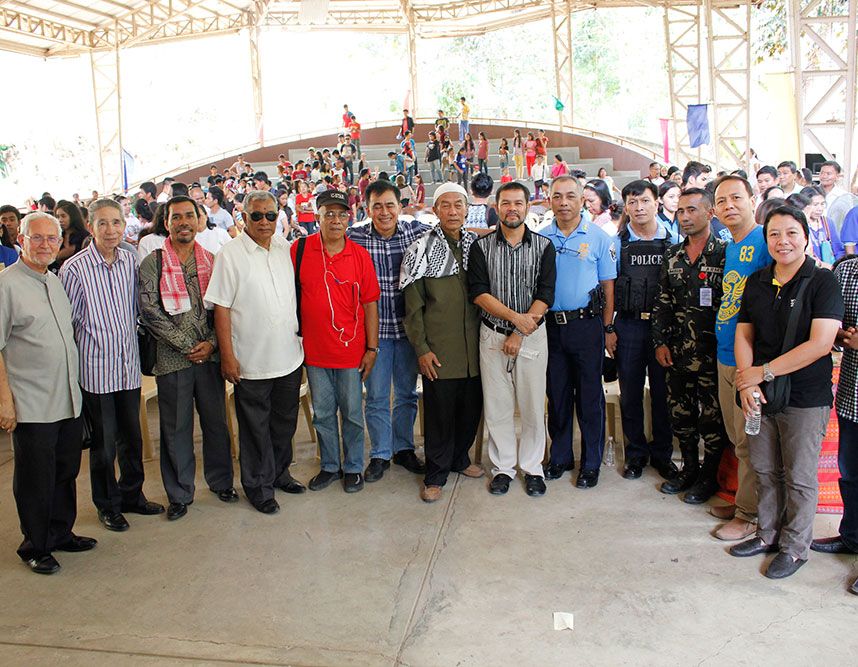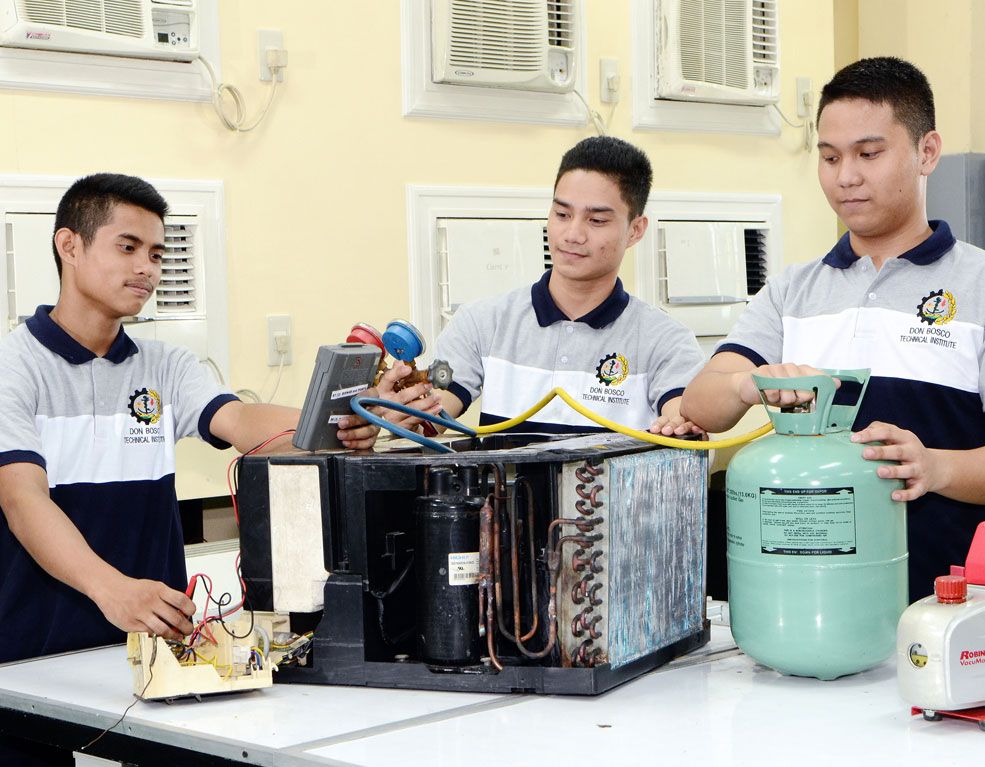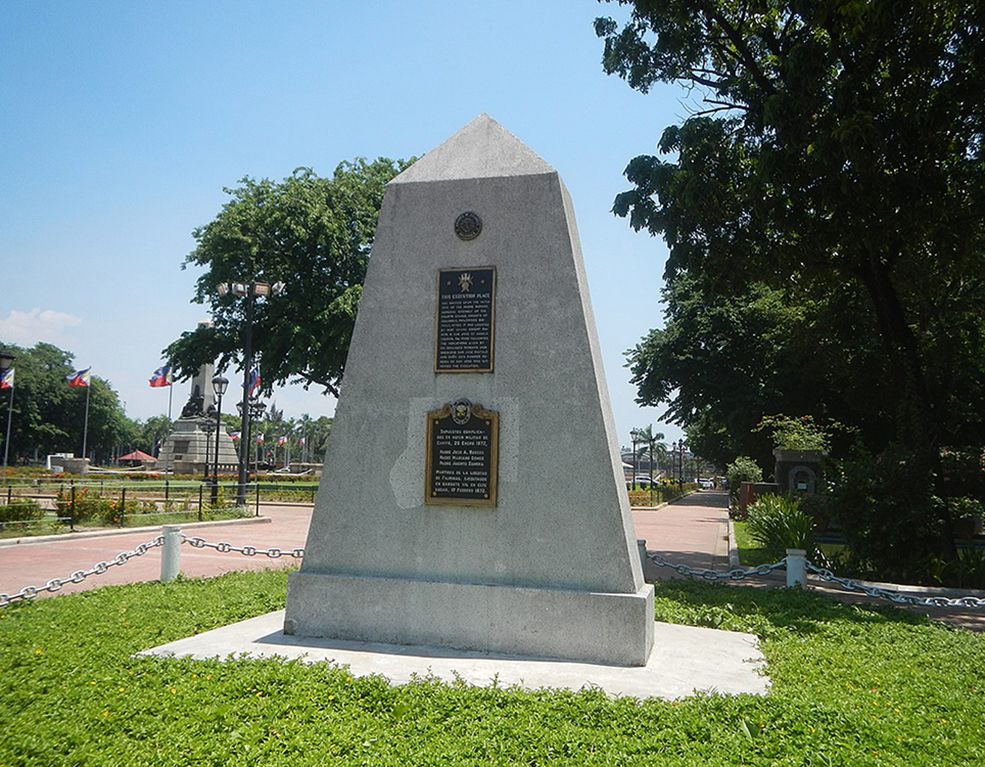The Simbang Gabi or Night Worship, the original and traditional Filipino Christmas Novena, requires the sacrifice of rising very early for nine days, but this does not discourage the crowds that gather early in the morning, when it is still dark, and fill the churches to capacity yearly.
True love implies sacrifice and makes it sweet. In the case of the Simbang Gabi, it makes the observance demanding but also sweet, because of the many people gathered together to fortify their sense of community.
Historically, the reason for the early rising may have been that the farmers had to be in the field in the early morning, and so the Novena had to take place even earlier in order to give everybody the chance to participate.
Nowadays, it is only the sacrifice of rising in the middle of the night that appeals to the masses who, for the space of nine days, experience the life of monks. But it is in other devotions that the personal abnegation can reach the extent of torture and bloodletting.
The Black Nazarene
The Black Nazarene is the life-sized image of a dark-skinned, kneeling Jesus Christ carrying the Cross, enshrined in the basilica of the same name, in the Quiapo district of the City of Manila.
The Black Nazarene was carved by an unknown artist from dark wood in Mexico and then transported to the Philippines in 1606. It was housed in several churches in Manila before arriving in Quiapo Church in 1787, where it has been enshrined ever since.
The icon is renowned in the Philippines and is considered by many Filipino Catholics to be miraculous; its mere touch is reputed to cure disease. It attracts homage by innumerable devotees and major processions every year.
Religious veneration of the Black Nazarene is rooted among Filipinos who identify themselves with the passion and suffering of Christ which the image depicts. Many devotees of the Black Nazarene relate their poverty and daily struggles to the Passion of Christ as represented by the image.
The “Traslaciòn”
The January 9 procession re-enacts the image’s Traslación (literally “transfer”) in 1787 to the Minor Basilica from its original shrine inside Intramuros. It is the largest procession, drawing tens of thousands of devotees longing to touch the icon, and lasting more than twenty hours. All devotees wear maroon and yellow like the image, and they walk barefoot as a form of penance and in emulation of Christ’s walk to Golgotha.
The Traslación is also notorious for the casualties that result from the jostling and congestion of the crowds trying to touch the image with cloths or the cords used to pull the vehicle carrying it. The injuries and even deaths of devotees are brought upon by one or several factors including heat, fatigue, or being trampled upon by the crowd.
Authorities estimate that over half a million devotees usually stride barefoot in the procession, while the almost weeklong event is attended by million of people.
Flagellations And Crucifixions
Crucifixion in the Philippines is a devotional practice held every Good Friday and is part of the local observance of Holy Week mostly in the Pampanga province area. Some devotees are willingly crucified in imitation of Jesus Christ’s suffering and death, while related practices include carrying wooden crosses, crawling on rough pavement, and self-flagellation.
The nailing on the cross is done by long nails which transfix the palms of the hands with considerable bloodletting. The extent of the suffering is however controlled by moderate traditional forms.
I have personally witnessed the slow advancing of a single flagellant on a frequented road during the Holy Week. He had his chest bare and kept striking his back with a whip made of several strands with razor blades tied to the ends. The bloodletting was limited and the whole thing appeared as something which tradition had accepted and at the same time, controlled.
Penitents consider these acts to be mortification of the flesh, and undertake these to ask forgiveness for sins, to fulfill a vow, or to express gratitude for favors granted. Given our consumerist, pleasure seeking mentality where bodily sacrifice is shunned, the existence of these practices in the Philippines makes a welcome exception, even in their extreme form.
These customs are strongly discouraged by the Catholic Church in the Philippines, which considers them to be fanatical, superstitious expressions of Folk Catholicism and self-harm contrary to its teachings on the body.
Given the limited extension of the phenomenon, its long historical tradition, and its tourists’ attraction, it is not forbidden by law. The Department of Health however often insists that participants in the rites should have tetanus shots and that the nails used should be sterilized.

